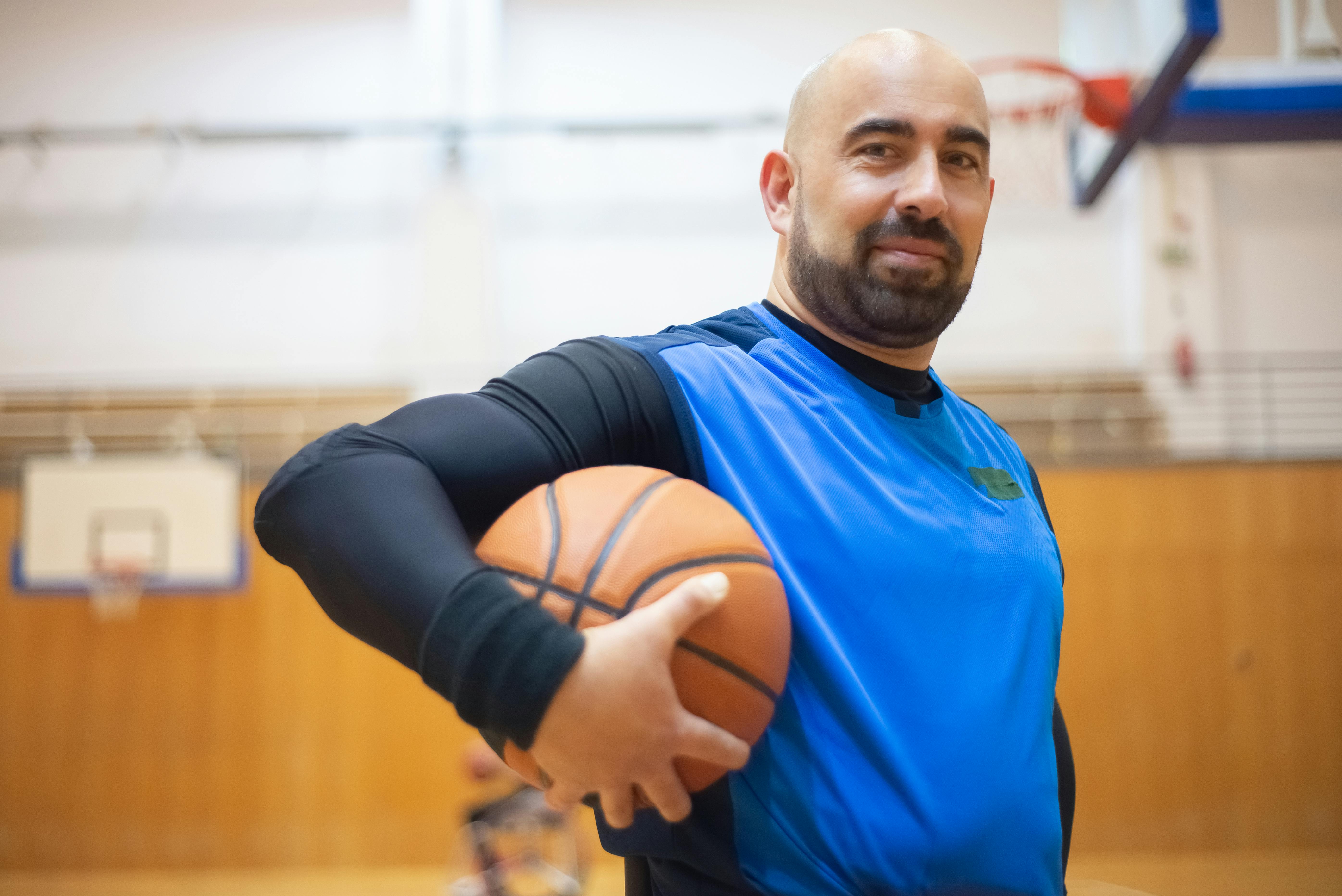
Pride and Prejudice at Rochester’s Geva Theater (A Review)
The author has no prejudices to speak of. However, when I hear that someone has tried to adapt one of my favorite literary works for the stage or screen, I expect failure, and I’m usually right.
There are, of course, exceptions. I think of Booth Tarkington’s Alice Adams (1936 film starring Katharine Hepburn), Robert Penn Warren’s All the King’s Men (1949 film starring Broderick Crawford), Victor Hugo’s Les Miserables (1980 musical) and (surprisingly ) The Lord of the Rings (2001, 2002 and 2003 films starring Ian McKellen).
But the list of failures is much longer. Notable among these are Fitzgerald’s The Great Gatsby (1974 film starring Robert Redford); Tom Wolfe’s Bonfire of the Vanities (1990 film starring Tom Hanks); and Stevenson’s Dr. Jekyll and Mr. Hyde (1997 Broadway musical; we were unfortunate enough to catch a performance with the indescribably awful Sebastian Bach in the title role). Geva Theater
So when I saw that the Geva Theater (Rochester, New York) was planning to adapt Jane Austen’s Pride and Prejudice for the last show of its 2007-08 season, I had serious reservations. I know and love the novel, but I felt no need to see it performed, or worse, mangled, on stage. Fortunately, the Geva show was a pleasant surprise.
Marge Betley (Geva’s resident playwright) and Mark Cuddy (Geva’s art director and director of this show) adapted the novel themselves, choosing to stick as closely as possible to the Jane Austen story. They added no new characters or scenes, and used as much of Austen’s language as possible. They prudently decided not to use a narrator.
Despite Betley and Cuddy’s smart decisions, the result was not convincing theater. For one, there were simply too many characters; Familiar as I am with Pride and Prejudice, I still had trouble keeping track of some of them.
David Christopher Wells and Meghan Wolf in But all Geva’s audience really wanted was to see their favorite Austen characters come to life. They were not disappointed, especially in Elizabeth Bennet, played by Meghan Wolf, an attractive brunette who gave us all the vivacity, wit and intelligence one could wish for in Austen’s heroine.
For romantics, Ms. Wolf and David Christopher Wells, who played Mr. Darcy, made a surprising couple. And as a director, Mr. Cuddy made sure his audience believed not only in Elizabeth’s unlikely attraction to the ill-mannered Mr. Darcy, but also in her relationships with her sister Jane (Alyssa Rae), her best friend Charlotte Lucas ( Vanessa LaFortune) and, above all, her father. Played by Guy Paul, Mr. Bennet was a rewardingly complex character.
Most of the actors seemed to appreciate that they were actors in a dramatic show; They brought their characters to life. Randy Rollison played the pompous, self-absorbed Mr. Collins to full comedic effect. Another crowd favorite was Melanie Little as the bookish, sanctimonious Mary Bennet.
But some cast members seemed to simply be reciting passages from the novel, most notably Vanessa LaFortune as Charlotte Lucas. Also, in my opinion, Carole Monferdini as Lady Catherine de Bourgh failed to capture the essence of Austen’s dragon lady, and her costume suggested one of the witches from The Wizard of Oz. Unfortunately, we couldn’t understand the first few lines of the play, shrilly delivered by Mrs. Bennet (Peggy Cosgrove) in an accent that she continued to challenge us throughout the play.
Women don’t have a monopoly on Jane Austen. But if this had been a movie, it would be a chick flick; the women in Geva’s audience loved Darcy’s botched courtship of Elizabeth Bennet. The men, however, were not so grateful. In the men’s room at the intermission (which followed immediately after Elizabeth’s rejection of Mr. Darcy’s proposal), a man remarked to a friend, “He owes me a lot for this.” His friend agreed: “I’m not saying I’m bringing the gun to my mouth, but close.”
By the way, if one must adapt someone else’s novel, it seems to me that it is better to start with a literary work that is merely second-rate, rather than a masterpiece like Pride and Prejudice. He worked with Margaret Mitchell’s Gone with the Wind (1939 film starring Vivian Leigh and Clark Gable), Edna Ferber’s Showboat (1927 musical), Stephen King’s The Shining (1980 film also starring Nicholson) and No It’s Country for Old Men by Cormac McCarthy (2007). movie starring Tommy Lee Jones).